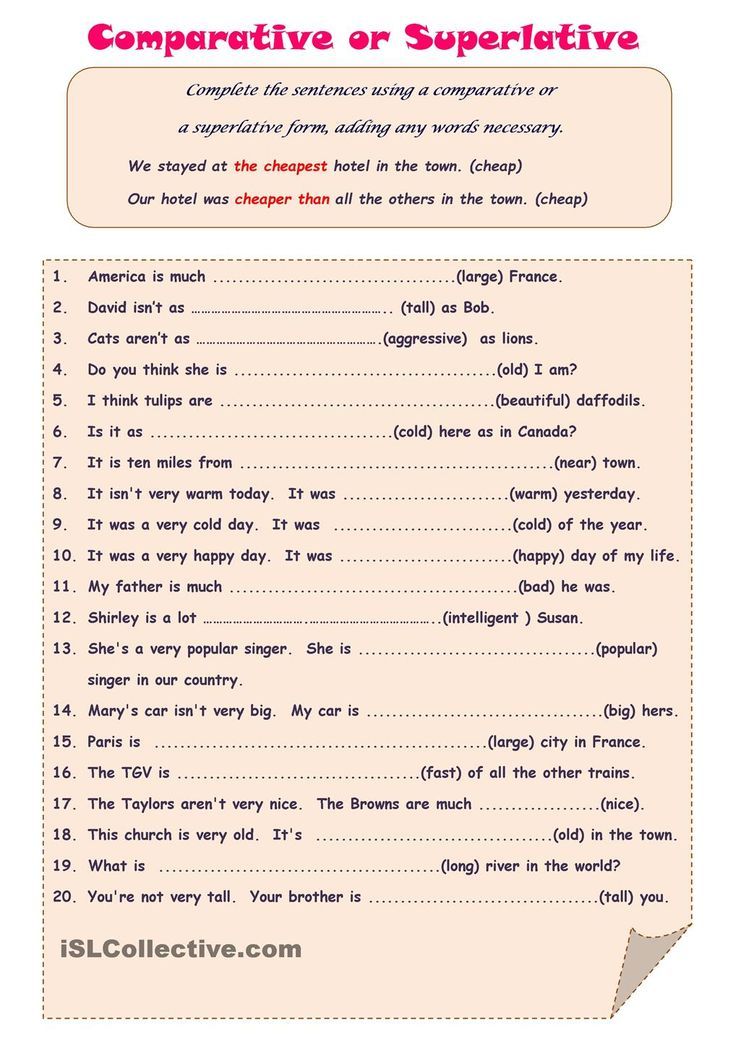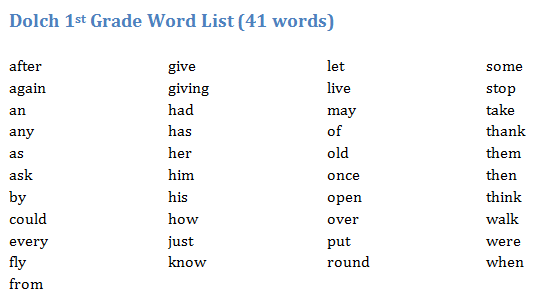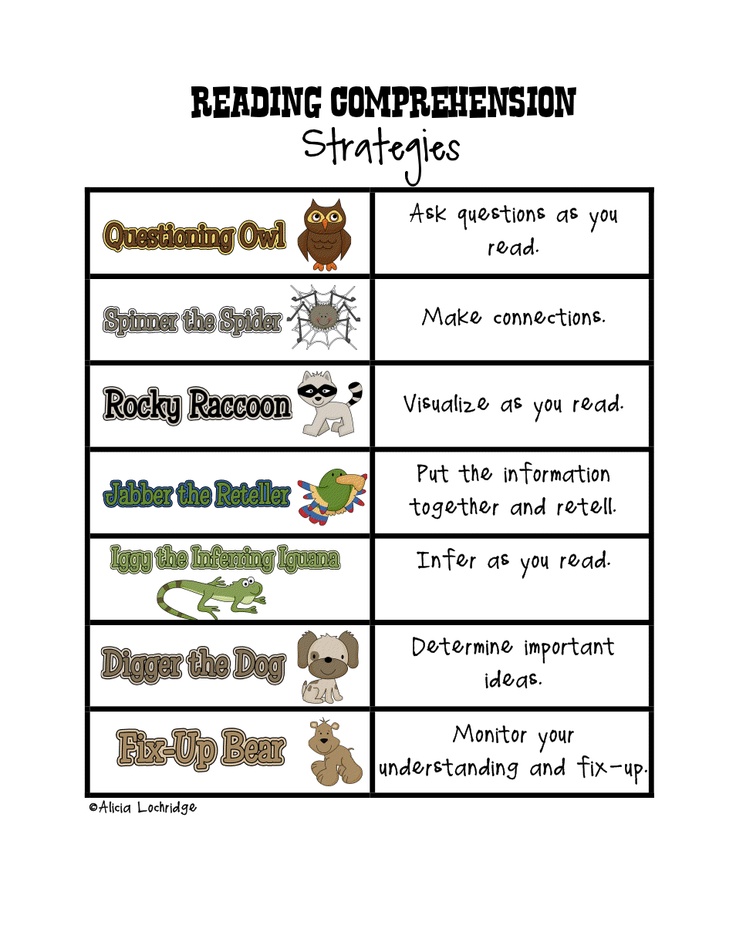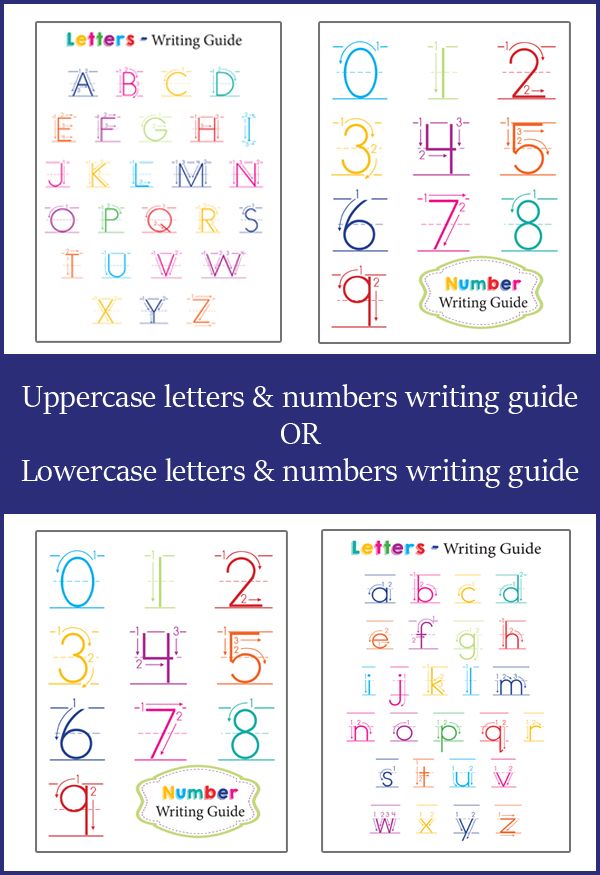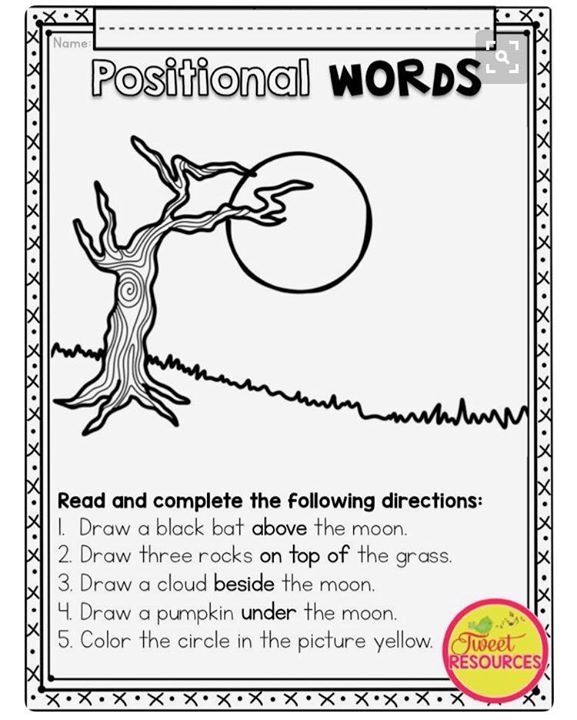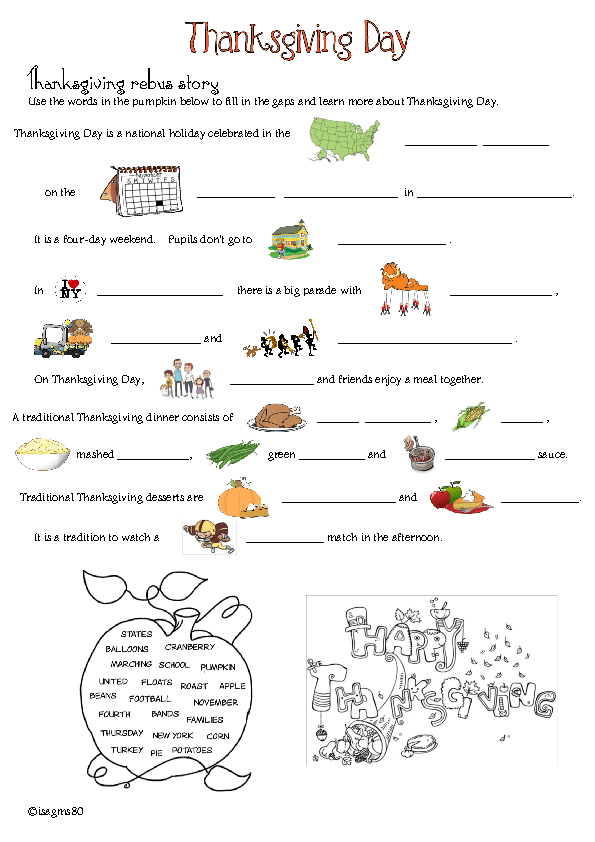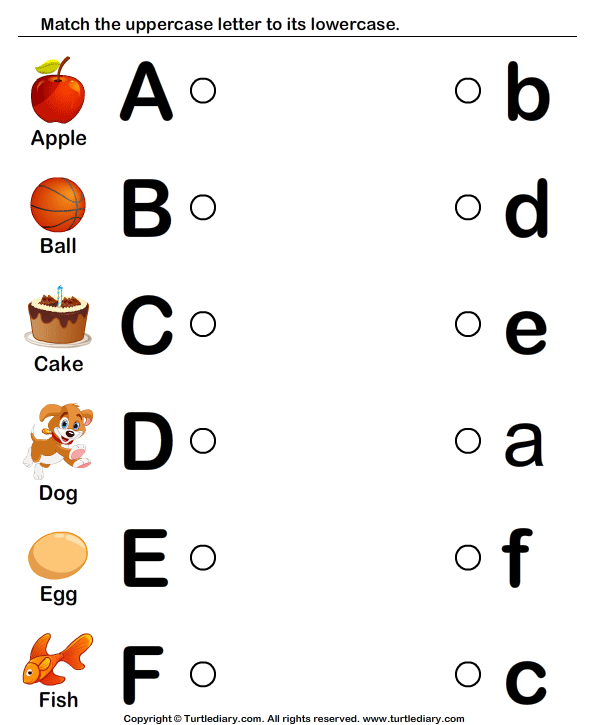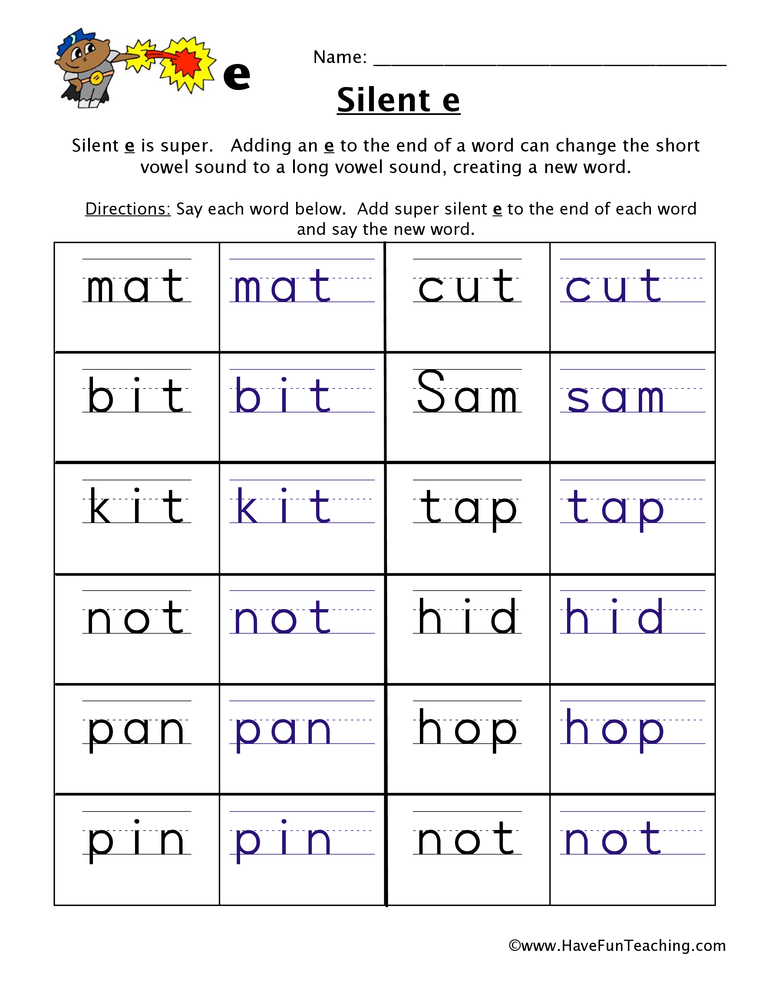Wind down activities for toddlers
How You Can Wind Your Child Down At Night
Have you heard of the 3 B’s? Bath, book, and bed. It’s a simple routine that’s great to use each night. Kids thrive off consistency and having routines is important. A bedtime routine is especially helpful because it gives your child cues that it is almost time for them to go to bed. But what other activities can you do?
What about the time you spend with your child before bath time? Evenings are great opportunities to spend quality time as a family, especially if your little ones are in school during the day. You will want to pick activities that will help your child wind down in the evenings before starting the bedtime routine, so we came up with a few ideas to get you started.
Coloring and PaintingAsk your little one to draw a picture of something they did at school today. When they are finished be sure to ask questions about that and other things they did. Drawing and coloring is a great time to develop communication. Ask questions about what is in the picture to help develop vocabulary. If they draw your family you could ask: Is dad short or tall? What color is mom’s shirt? Are there pets in the picture? What is everyone doing?
Puzzles can help communication, fine motor, and working memory development. You can even make your own puzzles by drawing pictures and then cutting them into different shaped pieces.
Story TimeIf you don’t already have books into your nightly routine, try adding it in right away! Whether it’s independent reading or reading aloud as a family, reading at night is a habit you want to start early. This is something they can continue throughout their lives. To make it especially fun and special, try creating a reading nook or fort with blankets to give them a quiet space for reading stories.
Use Your ImaginationIf you are trying to cut back on screen time, especially before bed, that doesn’t mean you can’t use television or games to your advantage.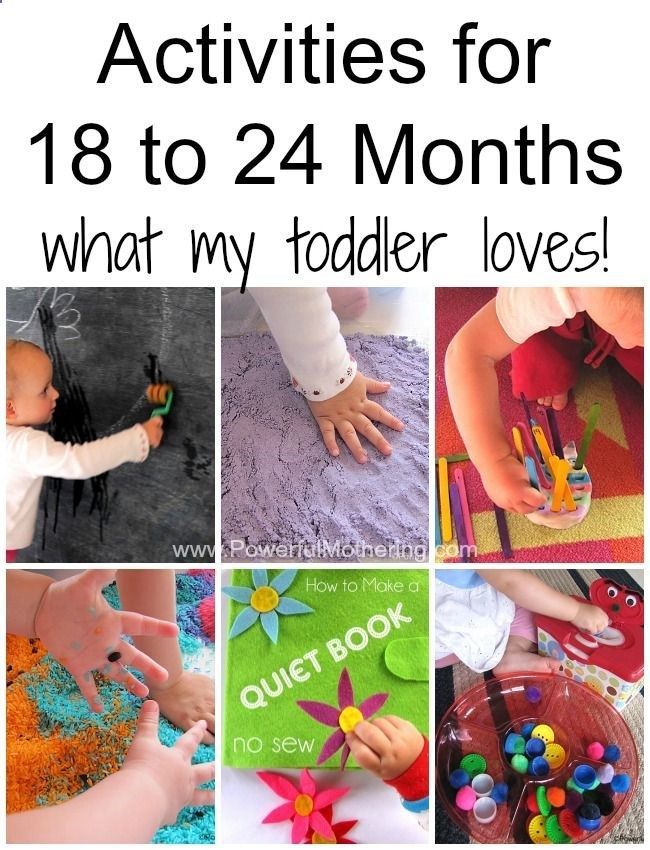 Talk about your child’s favorite character and encourage them to dream up their own storylines. If Elsa from Frozen and Marshall from Paw Patrol spent the day together, what would they do? If they both came over to your house for dinner, what would you talk to them about? This is great to do when reading as well. After the book ends, ask your child questions to see if they can keep the story going.
Talk about your child’s favorite character and encourage them to dream up their own storylines. If Elsa from Frozen and Marshall from Paw Patrol spent the day together, what would they do? If they both came over to your house for dinner, what would you talk to them about? This is great to do when reading as well. After the book ends, ask your child questions to see if they can keep the story going.
This sensory experience doubles as a wind down activity because they are sitting still while playing and experiencing the texture of the putty. Make the putty into different shapes and objects. For ideas to get fine motor practice or for a putty recipe, check out our DIY Putty post.
Yoga and StretchingBoth yoga and stretching are ways to help you and your child relax. Play some quiet music during this time for an added calming touch. While improving flexibility, stretching will also help you relax. Since you should hold stretches for 20 to 30 seconds, this helps your little one slow their body down after activities when they are running around.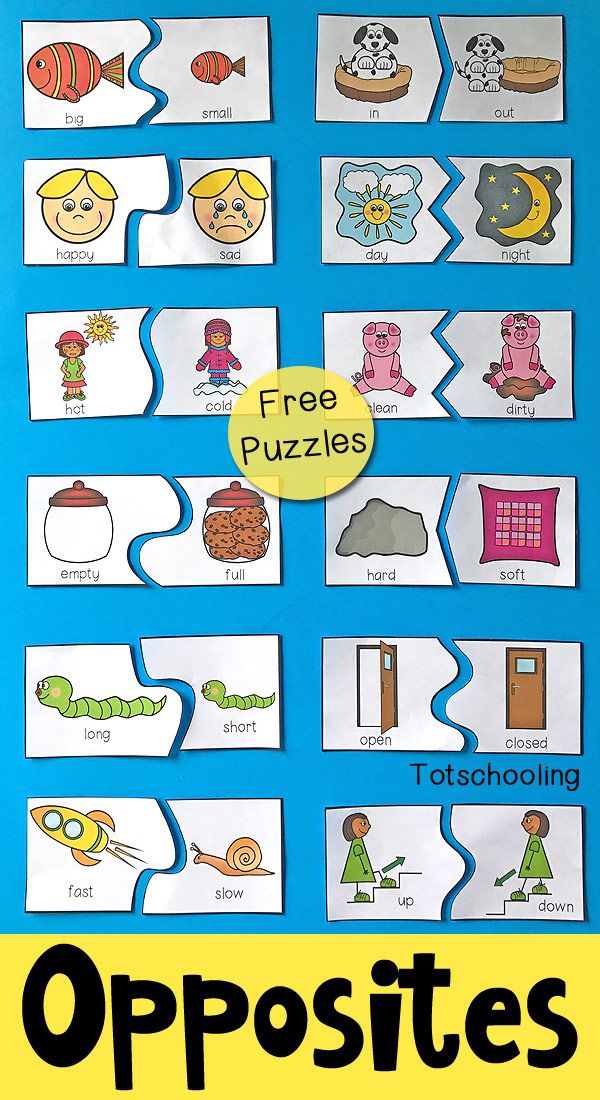 Yoga can have the same benefit. Have your child rename some of the poses to add some silly fun!
Yoga can have the same benefit. Have your child rename some of the poses to add some silly fun!
If you find yourself struggling to get your kiddos to go to bed, try including “wind down” time in your nightly routine. Each of these calming activities is great for spending quality time together as a family in the evenings, but they can be used anytime. You may find them especially helpful when trying to have some quiet time before or after a lot of people are around. If you’re looking to start an evening routine, we have tips to get started, plus, why routines are beneficial for kids.
60 Fun and Calming Activities to Make Bedtime Unbelievably Easy
33515 shares
Discover calming activities to make bedtime with kids a lot easier, plus the best ways to promote connection and calm your child at the end of the day. These fun and soothing bedtime ideas for kids work to gently relax your kids down for a good night sleep without the pushback.
Table of Contents
Cozy pj’s with adorable little toes popping out, reading books about fun and adventure…cuddling under warm blankets. Sounds like a pretty good scenario, right?
Why it is then, that many nights bedtime with kids feels more like a horror story than a fairy tale?
Oh wait, I know.
I am so tired at the end of the night I feel like I might drop over dead.
By 7:30 pm, my eyelids are growing heavy from a long day of zipping up snow pants, cleaning up the kitchen (again) and giving piggyback rides to 60-pound children. Then comes that last final transition…the one that when completed brings peace and harmony into my universe for a few short hours.
Bedtime.
My inner dialogue parrots the Little Engine that Could…”I think I can, I think I can…”
Well, no I can’t. Not without yelling, nagging and losing my patience that is.
After all the energy I’ve put into making it a great day for my family and parenting a strong willed child, it seems like such a waste to end the night on a negative note. I know the interactions that take place right before bed will linger with my children throughout the night (and maybe even into the next day) and I also know that the end of the day is a valuable quiet time to
bond with my kids, and it’s not like I haven’t tried. It’s just that…my kids don’t listen at bedtime.
I know the interactions that take place right before bed will linger with my children throughout the night (and maybe even into the next day) and I also know that the end of the day is a valuable quiet time to
bond with my kids, and it’s not like I haven’t tried. It’s just that…my kids don’t listen at bedtime.
Why is bedtime with children so hard?
When I stopped to think about why bedtime is so stressful with children, it made total sense, I’m not the only one that’s tired.
“Kids, it’s time to stop playing and head up to bed!”
*crickets*
My kids have worked hard all day to listen, learn and play and by the end of the night, piling on more directives and orders proves to be too much for them to handle.
Heck, they probably feel a little like I do when I have to pry myself off the couch or away from my book at the end of the night, I am finally getting to relax and unwind and I don’t want it to end!
I get it I really do- but I also know that getting plenty of sleep is one of the keys to improving a child’s behavior and moods, so the question is, how can I inspire them to engage in the bedtime routine and actually listen to me while also maintaining respect for their time and space?
Perhaps more importantly, what’s the most effective way to end the night with a strong family bond made of positivity and love instead of frustration and guilt?
Related read>> Unconditional Love: 10 Surprising Ways Your Child Needs You to Show It
The magic keys to making bedtime with kids easier
We know that the most effective (and healthiest) motivator for our child’s compliance is a close relationship with them, after all, human connection is a hard-wired primary need.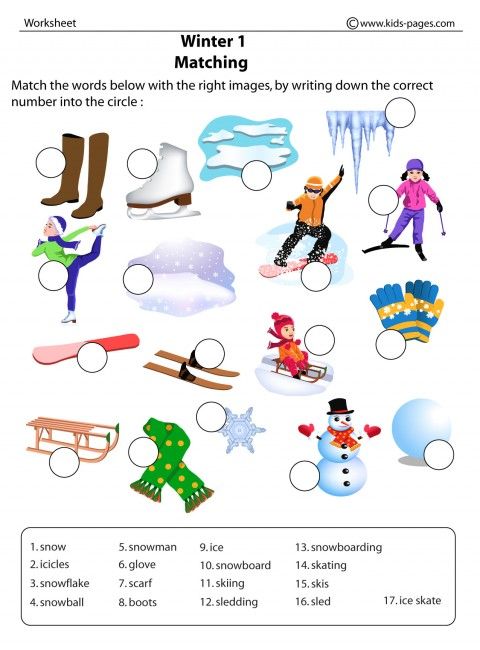 While many adults don’t realize it, bedtime can cause anxiety in children for a child as it signals the transition into the longest period of time away from their parent or caregiver all day.
While many adults don’t realize it, bedtime can cause anxiety in children for a child as it signals the transition into the longest period of time away from their parent or caregiver all day.
If it has been a particularly busy day with little time for connection, a child’s stress may be further increased as they haven’t had their primary need for connection satisfactorily met.
We also know that a huge stress reliever for children is play, and that play serves as a primary mode of communication for them. Play also sparks fun, creativity, and laughter which research indicates have helpful benefits all their own including being one of the best calm down strategies for kids.
It was clear I had been going about it all wrong, it was time to get rid of the ‘marching orders’ and bring in some foolproof strategies that my children will have a much better response to: fun, creativity, and connection.
These activities will help bedtime go much smoother as they lower a child’s anxiety
Because I know you are dog-tired and as hopelessly uncreative as I am by the evening, here is a list of bedtime routines and activities to get you started on the path to an easier bedtime with your child.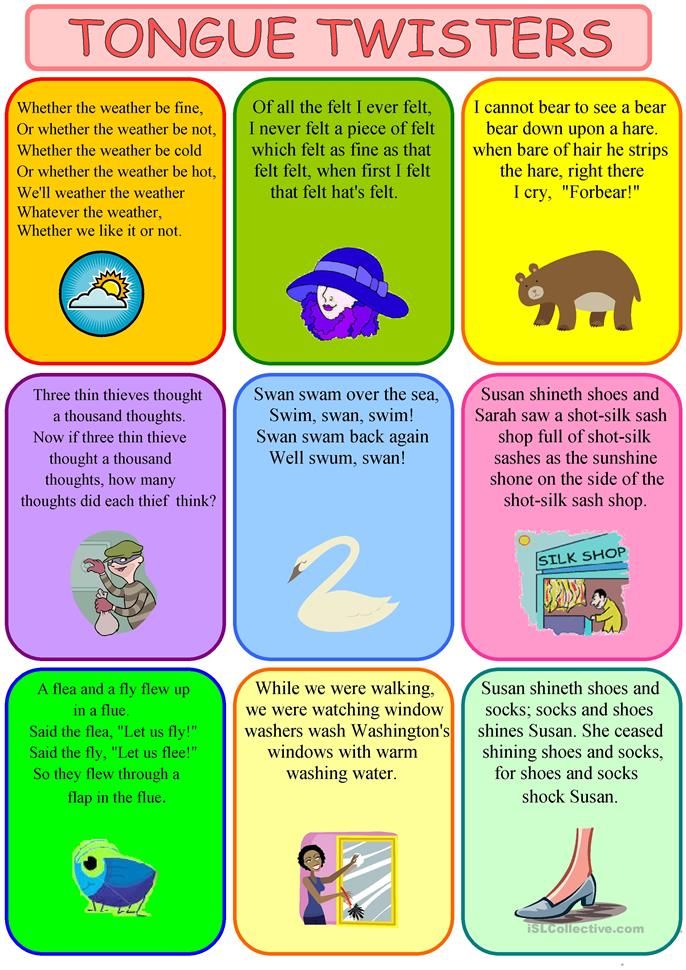
Note: This post may contain affiliate links which allow PWC to benefit from your purchases in effort keep the research-backed parenting goodness coming!
60 fun bedtime activities to calm and connect with your children
1. Pick each other’s pajamas, and both parent and child put them on at the same time.
2. Have a tooth brushing party with everyone in the family complete with music and dancing.
3. Share 5 favorite things about your child with them.
4. Make up a bedtime story where someone in the family is the main character and kid has to guess which family member it is.
5. Wheelbarrow around (hold your child’s ankle’s and have them walk through their routine on their hands).
6. Play ‘Simon Says’ throughout bedtime routine.
7. Enforce a ‘No talking only singing’ rule.
8. Read a bedtime story in a silly voice.
9. Make up your own knock-knock jokes.
10. Communicate only through gestures and hand signals.
11. Pick the craziest pajamas possible.
12. Have the most serious bedtime ever. No laughing.
13. Play a board game with crazy backward rules.
14. Walk everywhere backward.
Pin for later:
60 bedtime activities for kids that calm + printable15. Try to put on your child’s pajamas while they lay on the floor deadweight.
16. Swap roles and pretend to be each other (think Parent Trap)
17. How many stuffed animals can we fit in the bed challenge?
18. Everyone picks an animal to imitate through the routine.
19. Roleplay your favorite historical character through the routine.
20. Make a ‘YouTube’ video on how to have an epic bedtime routine.
Related Read >> Anger Management for Kids: A Therapist’s No-Fail Guide to Calm
21. Listen to each other’s favorite songs together.
22. Brush each other’s teeth.
23. Race to see who gets through routine first parent or child.
24. Plan breakfast the following day.
25. Have a shadow puppet show.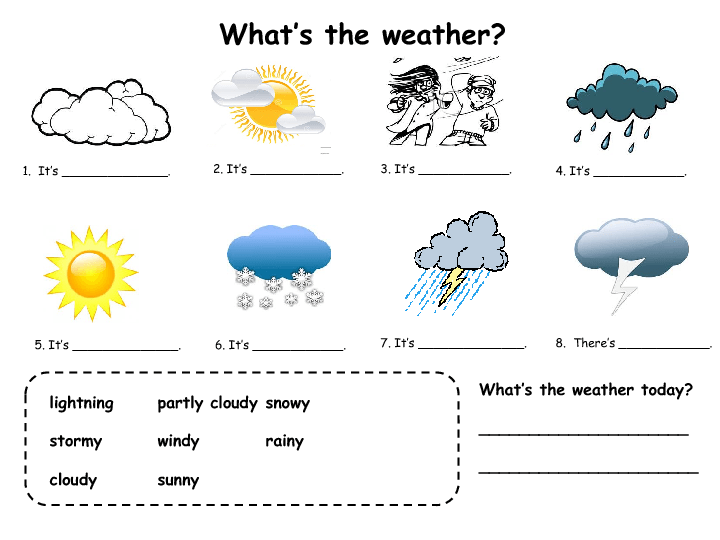
26. Try a guided meditation (a great app to use is Breathe Kids).
27. Try some fun yoga poses (this book is awesome).
28. Use some calming essential oils such as lavender.
29. Write poems together.
30. Role play through a team sport while getting dressed and brushing teeth.
31. Journal together or next to each other (these journals are epic).
32. Put a puzzle together.
33. Play a board game.
34. Build a collaborative LEGO creation.
35. Write a song together.
36. Share ‘roses and thorns’ of the day.
37. Pray.
38. List 10 things you’re grateful for.
39. Have a bedtime snack one on one.
40. Rock your big kid like a baby and sing to them.
41. Color in a calming coloring book (here’s a great one).
45. Have tea time.
46. Try doing a calming body scan together like this one.
47. Try finger knitting with some pretty yarn.
48. Listen to an audiobook (find through your public library).
49. Give each other massages.
50. Style each other’s hair.
51. Lay out clothes for the following day.
52. Put up glow stars on the ceiling and make a wish.
53. Exchange favorite memories with each other.
54. List every feeling you had today.
55. Make a human taco or burrito with cozy blankets.
56. Share an embarrassing story from your childhood.
57. Look through a family photo album.
58. Take a loved stuffy through the nighttime routine (aka put them in pj’s and brush their teeth).
59. Share bedtimes stories in a circle with a flashlight.
60. Share your family tree/ancestors with your child.
The easier bedtime you and your child deserve
Everyone has given their best to the day, and that deserves a fitting ending. Being responsive to our child’s emotional and developmental needs for connection and play during bedtime with these activities will not only make bedtime easier for all involved, it will also allow you to end the night on a note of positive parenting, with peace and love.
Being responsive to our child’s emotional and developmental needs for connection and play during bedtime with these activities will not only make bedtime easier for all involved, it will also allow you to end the night on a note of positive parenting, with peace and love.
Tucking in a happy and fulfilled child just in time to catch The Bachelor? Now that sounds like a win-win bedtime situation to me.
Related read>> 125 Positive Affirmations for Kids to Skyrocket Strength, Confidence and Self-Love
Grab your free printable list of calming strategies!
This post comes with a free printable list of calming strategies! (You’re tired enough at bedtime- let’s make things simple!)
Here’s a peek at it…
- Download the bedtime activities list. You’ll get the printable, plus join 20,000+ parents who receive my weekly insights, tips, and strategies on how to raise emotionally healthy kids who will live their best life, every week!
- Print.

- Place it on your refrigerator or somewhere easy to access (ours is in the upstairs bathroom). Get ready for less stress and more fun at bedtime!
This post was originally published January 2018, and has been updated.
Click HERE to get your printable list and join!
More help for bedtime:
About Angela Pruess LMFT
Welcome! I’m Angela, a Licensed Children’s Mental Health Professional, Positive Parenting coach, and mom to Spirited Kids that help me learn and grow (grey hairs) every single day. I believe EVERY child deserves to live their BEST life and that emotional health is the magic key to lifelong success and happiness. Read more about me and the Parents with Confidence manifesto.
Educational activities for kids.
Are you playing correctly with your child? "What a strange question!" - exclaim most of the adults - "How can you play right or wrong?". That's the thing, it's possible! Let's take an ordinary pyramid. Playing with it, the kid alternately strings the elements onto the base and, usually, he quickly gets bored with this activity. And you explained to the baby that all the details are different in color and size, that you can assemble the pyramid in reverse, that this ring is red like mom's dress, and this one is green like grass, etc. Yes, 50% of parents do not even imagine that with a simple pyramid you can come up with many games. And all of them will belong to the category "Educational games for kids." nine0003
Playing with it, the kid alternately strings the elements onto the base and, usually, he quickly gets bored with this activity. And you explained to the baby that all the details are different in color and size, that you can assemble the pyramid in reverse, that this ring is red like mom's dress, and this one is green like grass, etc. Yes, 50% of parents do not even imagine that with a simple pyramid you can come up with many games. And all of them will belong to the category "Educational games for kids." nine0003
Dear parents and grandparents, remember the main thing - your children learn when they play. Try to help them! Undoubtedly, you can take your child to kindergarten, as well as to additional classes in a children's developing club, where there are ready-made programs and algorithms. But there is another alternative, to compose a complex of educational games on your own and train at home. Trust me, it's fun!
Educational activities for one-year-olds
By the first year of life, the child already tries to speak, understands what is being explained to him, is able to recognize and memorize objects. The task of the mother is to interest the baby, to concentrate his attention on the main thing. As for classes, you can use any bright objects at hand: mittens, pictures, toys, plastic containers and other items. nine0003
The task of the mother is to interest the baby, to concentrate his attention on the main thing. As for classes, you can use any bright objects at hand: mittens, pictures, toys, plastic containers and other items. nine0003
- Find the item. Hide a toy nearby and invite the baby to find it, while telling what color, size, shape it is. Invite the baby to repeat the name of the hidden toy with you. This game develops memory and imagination.
- Gymnastics for fingers. Develops fine motor skills well. Try to pick up verses in advance, so it will be more interesting for the child to depict with pens what is said in funny verses.
- Ball games. Even if the baby has not yet learned to walk, he will be happy to crawl after the ball and roll it. For classes, you can turn on fun music. nine0012
- Dancing. All children love to dance. Turn on the music, make movements and be sure to repeat everything aloud: “Right hand forward ...”. Such developmental activities for kids improve coordination of movements, form a spatial perception of the world.
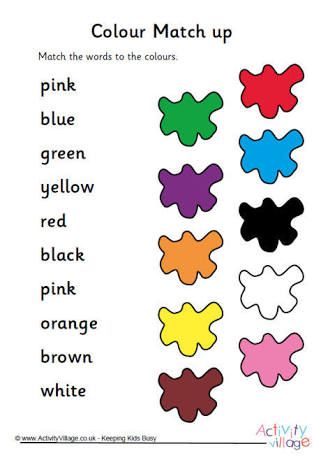
Educational activities for children from 1 to 3 years old
Children from one year old love to repeat everything after adults. It's amazing how much they notice their parents. Use children's curiosity for educational activities. nine0003
- Role play. Invite the child to take on the responsibilities of an adult: put the bear to bed, wash clothes for the doll, wash the dishes, fix the typewriter ... Be prepared to learn a lot about yourself that you didn’t notice before.
- The ratio of shapes, colors and sizes of objects. You can buy the appropriate games in the store, but practice has shown that it is sometimes more interesting for a child to deal with familiar things. Invite the baby to put large toys in the box first, then soft ones, then green ones, then round ones, etc. Oh, look, there are no more toys scattered around the room! nine0012
- Modeling. Modeling classes can start from 1.5 years. And optionally, run after plasticine. Make cookie dough and sculpt various shapes together.
 Teach your baby to make a sausage, a ball, a cake, and when he masters the simplest figures, move on to complex ones.
Teach your baby to make a sausage, a ball, a cake, and when he masters the simplest figures, move on to complex ones. - Drawing. Do not rush to give the baby a pencil! Practice finger painting. To do this, use old wallpaper and special finger paints that are safe even if the baby puts his hands in his mouth. nine0012
- Outdoor activities. Walks in the fresh air can be combined with developing activities about the world around. There are so many interesting things around, pay the child's attention to all the details, talk about nature, people, houses, cars.
Educational activities for children from 3 to 5 years old
Three-year-old children usually speak well, are able to remember a lot of information, and begin to comprehend the alphabet and numbers. For parents, the main thing now is not to force the child to sit and tediously memorize rhymes and show you the necessary pictures in educational books. Don't forget the game, and only the game! nine0003
- Development of memory.
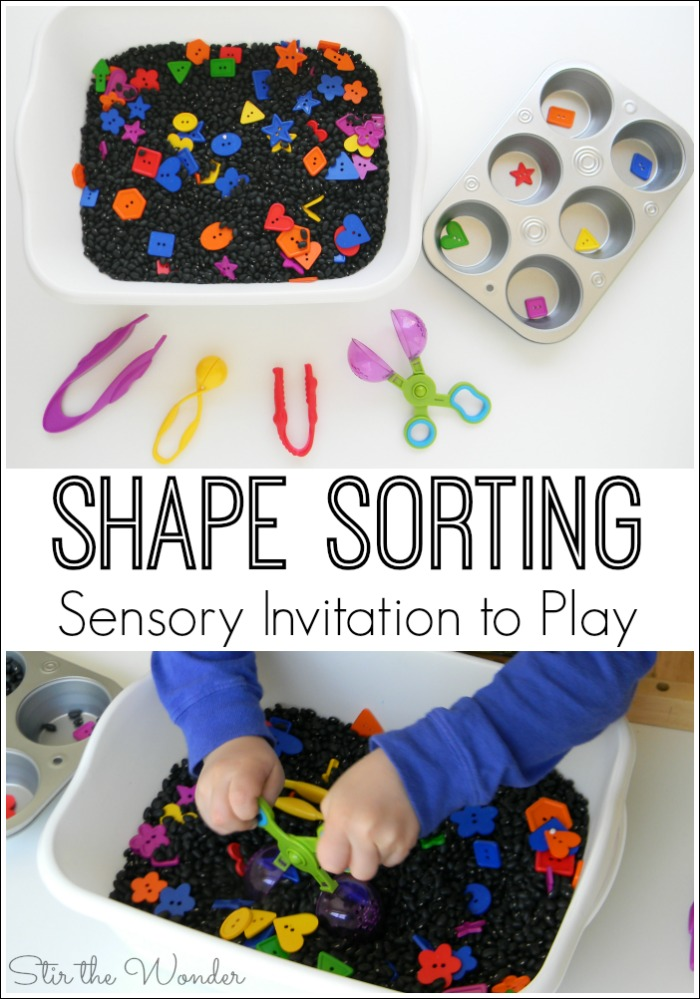 Learn poems with your child - they are remembered faster. Play the game "Remember More Items": first lay out 3 items, let the child look, and then cover with a handkerchief and ask them to list. Gradually increase the number of items. Offer to switch roles, and try to deliberately make a mistake, let the baby tell you what is hidden under the scarf.
Learn poems with your child - they are remembered faster. Play the game "Remember More Items": first lay out 3 items, let the child look, and then cover with a handkerchief and ask them to list. Gradually increase the number of items. Offer to switch roles, and try to deliberately make a mistake, let the baby tell you what is hidden under the scarf. - Tell us about the properties and characteristics of objects. For example, that ice is cold and hard, a cow is a pet and loves hay, candy is sweet, and fish lives only in water, etc.
- Make riddles. Easy at first, then more difficult. Let the kid learn to think logically and compare facts.
- Read books. If the kid can already retell the entire content of the fairy tale, invite him to dream up: “What will happen if the fox did not eat the bun?”.
- Teach your child the etiquette of communication. He must know and be able to operate with such concepts as "thank you", "good morning", "goodbye". For these purposes, transfer all life situations to the game: put the doll to sleep, feed the bunny, receive guests.
 nine0012
nine0012
Educational activities for children from 5 to 6 years old
Children 5-6 years old are ready to start getting ready for school. Developing classes at this age should lay the foundation for further successful studies. Here, the main thing is not to upset the fine line of balance and not cause aversion in the child to study. The baggage of knowledge of a five-year-old kid is no longer small, and also, he knows how to fantasize, defend his opinion, realizes what responsibility is. Use fun puzzles, puzzles, rebuses. Don't forget to encourage your child, and never yell if something doesn't work out. Along with intellectual developmental activities, do not forget about physical development. Chase a ball with your child in the yard, teach him to skate, rollerblade, bicycle. nine0003
For toddlers from 0 to 6, there are many educational games and activities. The main thing is that it should be interesting. And if the parents are a little tired, take the baby to the kids club. Read more detailed information in the article "Developing clubs for kids in Moscow", and if you need a holiday and relaxation, then "Playrooms for kids in Moscow" are waiting for their little guests.
Read more detailed information in the article "Developing clubs for kids in Moscow", and if you need a holiday and relaxation, then "Playrooms for kids in Moscow" are waiting for their little guests.
Educational activities for children 2–3 years old
At the age of two or three years, a child actively explores the world around him, learns to talk and communicate with adults and peers. During this period, his personality begins to form. Therefore, parents need to pay special attention to the development of speech, thinking, social skills. nine0003
Contents of the article:
- Classes for the development of logical and mathematical thinking
- Lessons for the development of speech
- Gross and fine motor activities
- Classes on the study of the properties of objects
- Getting to know the outside world
- Output
Classes for the development of logical and mathematical thinking
The thinking of two and three year olds is clearly effective.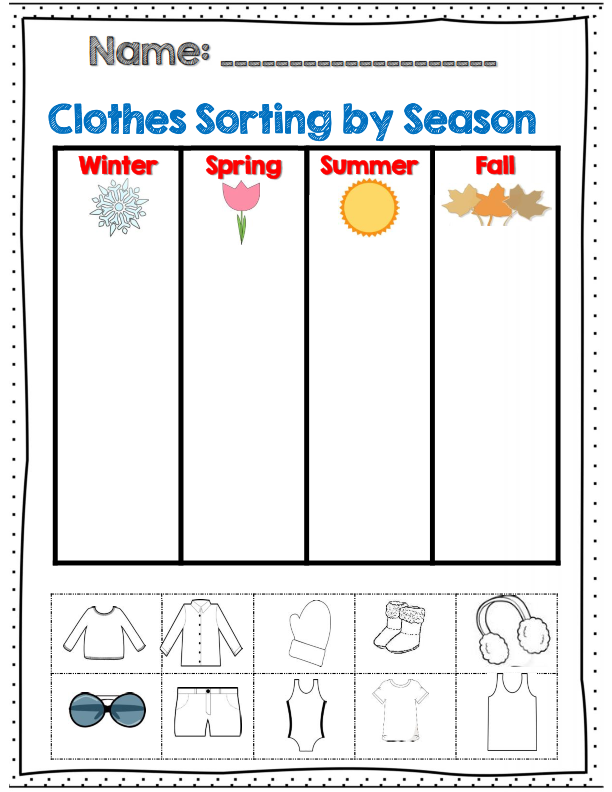 The ability to think logically implies the ability to analyze, compare and generalize. You can develop logic and teach your little one basic math skills with the help of the following exercises. nine0003
The ability to think logically implies the ability to analyze, compare and generalize. You can develop logic and teach your little one basic math skills with the help of the following exercises. nine0003
✅Comparison
Take a handful of buttons or other small items and divide them into two unequal piles. The child must determine which pile has a lot of buttons, and which has few. If he does not see the difference between the concepts of "a lot and a little", explain to him what it is.
The second variation of this exercise is the value comparison. Take several objects or toys of different sizes. Ask the baby to show where the small objects are and where the large ones are.
✅Score
Children at the age of two or three are not yet familiar with numbers. It is better to master the counting skill on surrounding objects or on the fingers. Teach your child to show his age on his fingers, tell him how old he will be in a year, two, three.
It is convenient to use counting sticks or any other items for counting. Climbing the stairs with your child, count the steps, passing houses - windows, walking along the alley - trees or lampposts.
Climbing the stairs with your child, count the steps, passing houses - windows, walking along the alley - trees or lampposts.
✅ Hidden Object
Hide the toy in the room and ask your baby to find it. Help him by suggesting places to search - under the sofa, behind the armchair, in the closet, etc. Then you can switch roles - the child hides the toy, and you are looking for it. nine0003
Speech development classes
Between the ages of two and three, children experience a significant leap in their speech development. Their vocabulary is replenished very quickly. Having become acquainted with a new word, children bring it into their vocabulary and begin to actively use it. Simple exercises will help develop speech skills.
✅Reading
The best way to develop speech is reading. Buy picture books for 2-3 year olds. Choose poems, fairy tales, nursery rhymes. It is useful for a child to listen to both prose and poetry. nine0003
When reading a fairy tale, ask your child questions about the plot.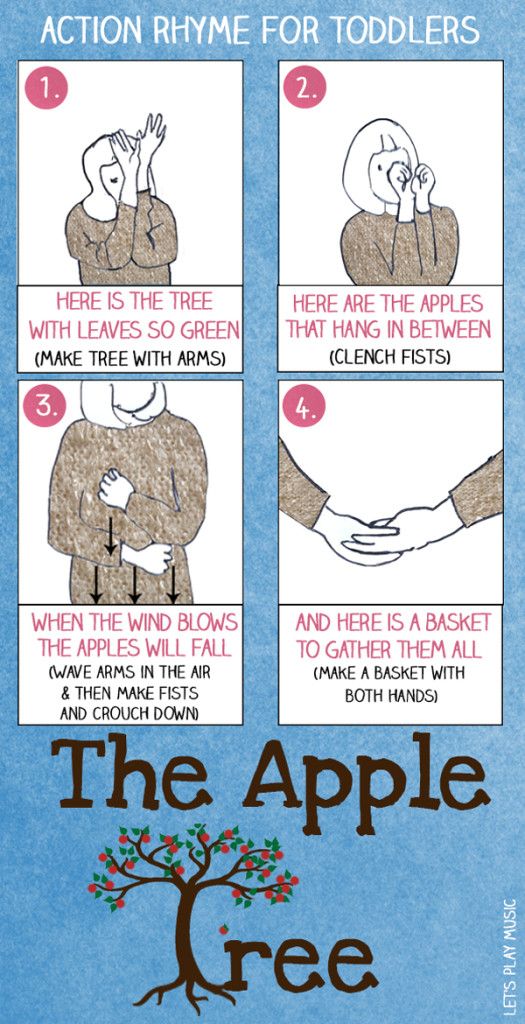 If he finds it difficult to answer, help him. Explain the meaning of each unknown word. Look at the illustrations in the book and discuss with your child.
If he finds it difficult to answer, help him. Explain the meaning of each unknown word. Look at the illustrations in the book and discuss with your child.
✅Singing
This fun activity encourages speech development and voice training. Sing with your baby children's songs with and without musical accompaniment. Children quickly memorize rhyming lines and a motive, and sing along with adults with pleasure.
✅Composing proposals
Think of the beginning of a sentence and ask your child to continue it. For example, "Mom bought today in the store ..." or "Black runs down the street ...".
✅ Discussing the events of the day
Discuss the events with your child every day. For example, “You and I went to the park today and fed the ducks in the pond. And in the evening, my grandmother came to visit and brought a delicious pie, ”etc. If the baby goes to kindergarten, ask him to tell you how the day went, what he did, what interesting things happened.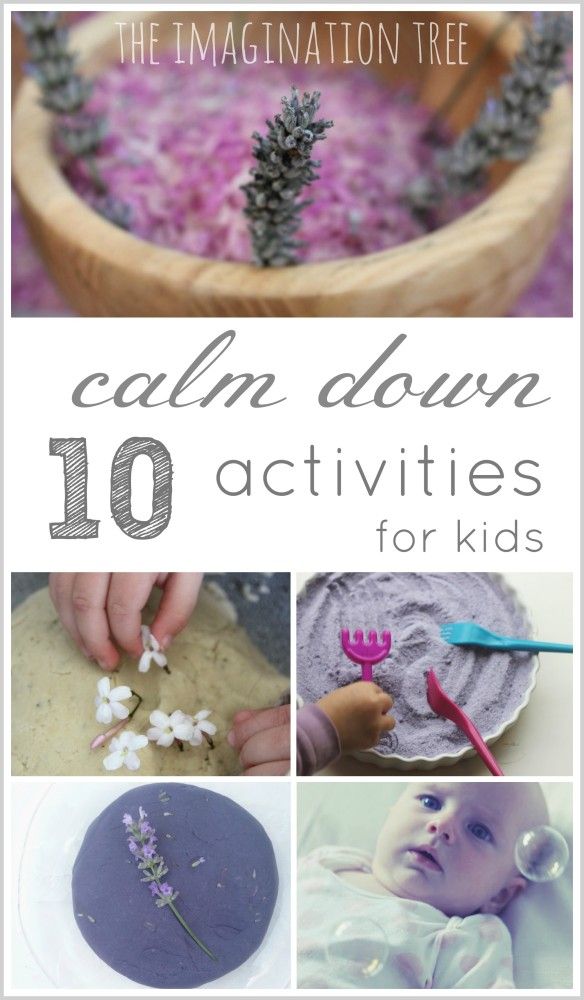 nine0003
nine0003
✅Describing objects
Take an object and ask the child to describe it, asking leading questions (What color is it? Is it big or small? What does it look like? What is it for? etc.).
At the age of 2–3, children still do not pronounce words well, many of them abbreviate and distort. Be sure to correct your child when they speak incorrectly. Of course, he still does not know how to pronounce all the sounds, so a clear pronunciation will not work. But still, try to teach the baby to speak as correctly as possible. nine0003
Lessons for the development of attention
At such an early age, attention is involuntary. This means that the child does not yet know how to concentrate it by willpower. His attention is attracted by what is of interest (a bright toy, the sound of music, people around him). Attention, like other mental processes, can and should be developed.
✅Search for an object
Take a picture with a story and ask the child to find a certain object or character in it.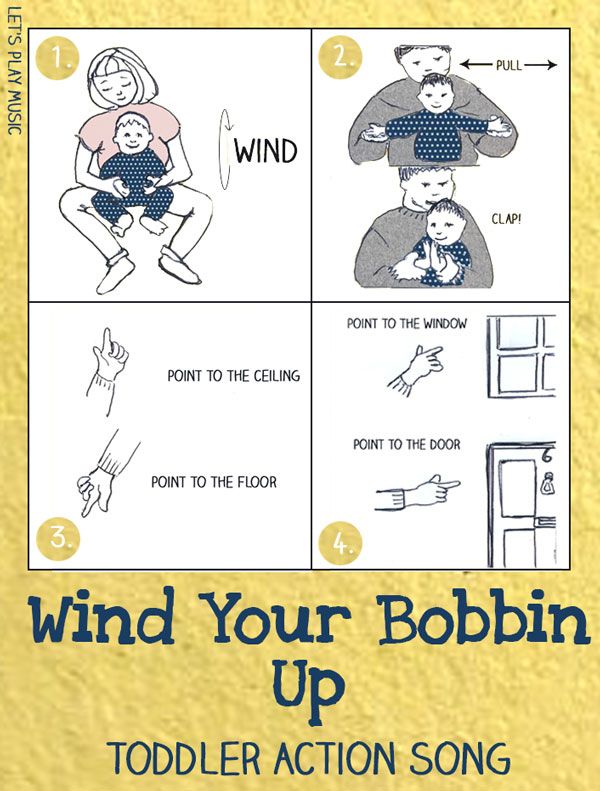 The same exercise can be performed outdoors. Ask the baby to show a flower, a red car, a cat, a girl in a green jacket, etc.
The same exercise can be performed outdoors. Ask the baby to show a flower, a red car, a cat, a girl in a green jacket, etc.
✅Similar Detection
Take an object, like a book, and ask the baby to look around the room for things similar in shape to her. It can be a phone, a tablet, a picture on the wall. You can search for objects that are similar not in shape, but in color, size and other features.
✅Finding the Missing Item
Take some toys, arrange them on the table and ask your child to look at them carefully and memorize them. Then he should turn away or leave the room, and at this time you remove one toy. The task of the child is to determine which toy has disappeared. nine0003
Classes for the development of gross and fine motor skills
Finger motor skills are directly related to cognitive processes - speech, memory, thinking. Therefore, it needs to be developed. There are many exercises for this.
✅ Games with small objects
Invite your child to sort the buttons by size, string large beads on a string, roll the balls in his hands. Be careful not to put a small object in your mouth, nose, or ear.
Be careful not to put a small object in your mouth, nose, or ear.
✅Construction set and mosaic
Buy your child a set of constructor or mosaic for kids and build with him. This exciting activity strengthens the small muscles of the hand, makes the fingers more dexterous, trains attention and imagination.
✅Sculpting
Sculpt with your child various figures from clay, plasticine or salt dough. To make the lesson more interesting and exciting, read a fairy tale or watch a cartoon, and then try to make a character you like. nine0003
✅Finger games
Not only babies love to play finger games. Toddlers aged two or three love them too. Teach your baby to fold fingers into different shapes:
- fold your thumb and forefinger into a ring and bring it to your eyes - you get glasses, and if you use all your fingers - binoculars;
- clench the hand into a fist and stick out the index finger and little finger - these are the horns of a goat;
- "Step" with your index and middle fingers on the table, representing the legs.
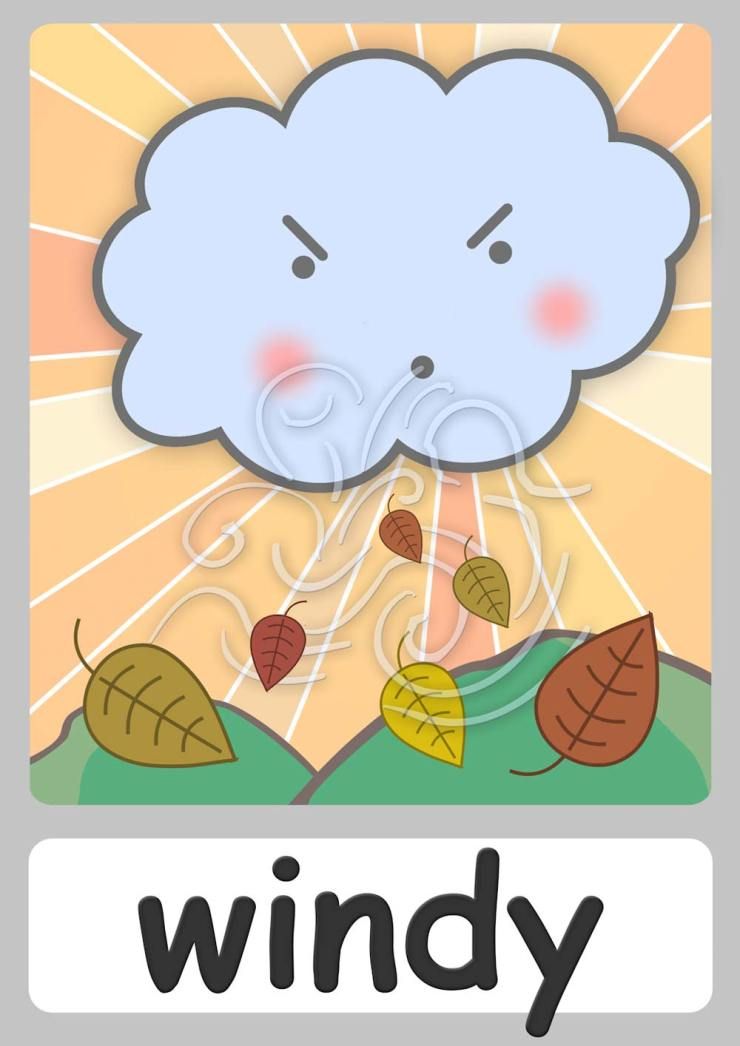 nine0012
nine0012
Invite your child to show their imagination by inventing and putting together unusual figures from their fingers.
Gross motor skills are developed by ball games, cycling, jumping, wall bars and any physical activity. Teach your child to fasten and unfasten buttons, Velcro, hooks on clothes, put on and take off things on their own.
Classes for the development of intellectual abilities
Reading, music, creative work, solving logical and mathematical problems contribute to the development of the baby's intellect. nine0003
✅Drawing
Invite your child to draw a house, himself, mother. Set a theme for the picture, tell the child what details can be added to it. For example, a house can be surrounded by trees, the sun and clouds can be depicted in the sky.
✅ Role-playing games
Think of a story, choose the right toys and play it out with your baby. For example, a doll is sick: you need to put her to bed, take her temperature, give her medicine in a spoon.
✅Music
Listening to classical music has a positive effect on the mental development of children, and also brings up a sense of beauty in them. It is useful not only to listen to music, but also to dance to it. This has a positive effect on both mental and physical development.
✅Puzzles
Collecting puzzles trains attention, thinking, memory. Buy your child large puzzles with a small amount of detail and a clear image. First collect them together with the baby, and then invite him to do it on his own. nine0003
✅Sorting items
Shuffle the cards with different items and ask the child to sort them into categories, eg vegetables, fruits, clothes, furniture.
✅Riddles
Riddles are good for training the intellect. The main thing is to select tasks that are age-appropriate and understandable to the child.
✅Sunny bunny
On a clear day you can play with sun bunnies. Take a mirror and start letting bunnies on the ceiling, floor, walls. Then give the mirror to the child and let him try it himself. Coordinate his movements, suggesting how to catch a ray of the sun and direct it in the right direction. nine0003
Then give the mirror to the child and let him try it himself. Coordinate his movements, suggesting how to catch a ray of the sun and direct it in the right direction. nine0003
Classes to study the properties of objects
Learning the properties of various objects develops the thinking of the baby, helping him to understand how and for what this or that thing can be used.
Teach your child to compare objects according to the following criteria:
- size - big, small, tall, low, long, short;
- state - hard, soft, liquid, warm, cold;
- shape - round, square, rectangular, etc.; nine0012
- color.
Anything can be used as a "learning tool".
- Pour cold water into one glass and warm tea into another and ask your child how they differ (color, temperature, taste).
- Sew some fabric bags (you can use old socks) and fill them with sand, beans, small stones, balls, etc.
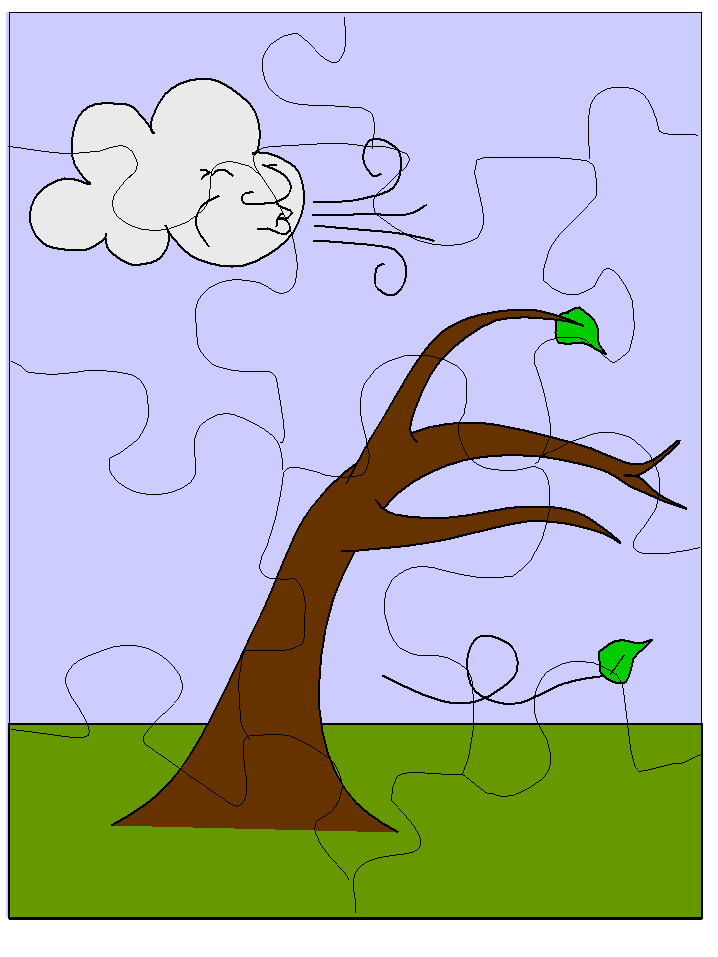 Let the child try to feel what is in each bag. nine0175 Buy a sorter - a special container with slots in the form of different geometric shapes and a set of matching inserts. The task of the child is to choose the right figure for each hole.
Let the child try to feel what is in each bag. nine0175 Buy a sorter - a special container with slots in the form of different geometric shapes and a set of matching inserts. The task of the child is to choose the right figure for each hole. - Invite the baby to feel different materials - leather, fur, silicone, wood. Let him tell you how they differ (fluffy fur, smooth skin, etc.).
Getting to know the outside world
The scope for exploring the outside world is very wide:
- Animals. Tell your child which animals are domestic and which are wild, in what conditions they live, what their cubs are called. If you have the opportunity to visit the zoo, be sure to do it.
- Plants. On a walk, pay your baby's attention to the trees, flowers, shrubs growing around. Tell us what they are called, which ones are fruit. Collect the leaves and look at them with your baby.
- Natural phenomena.

Learn more

